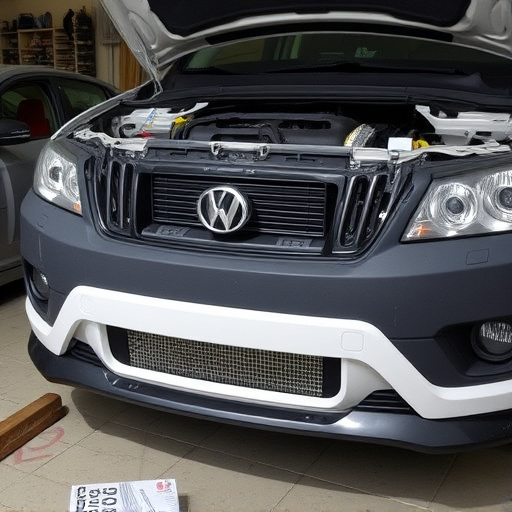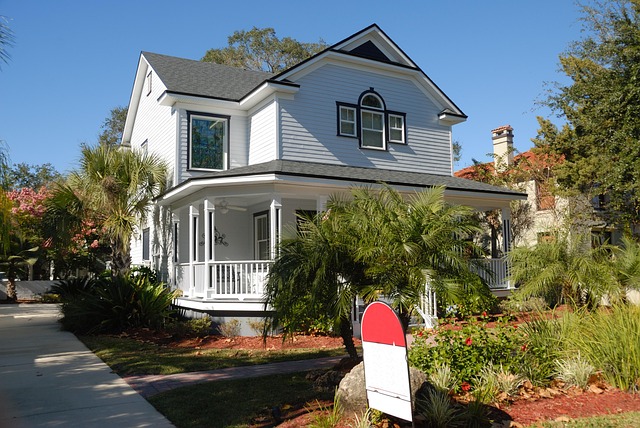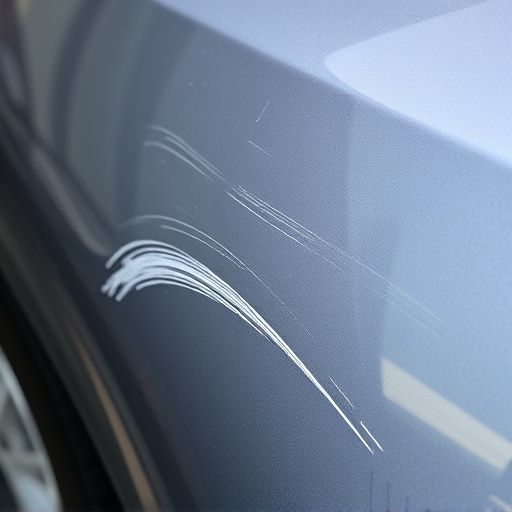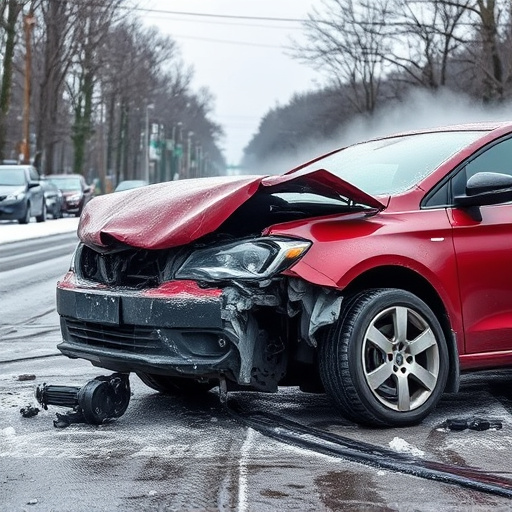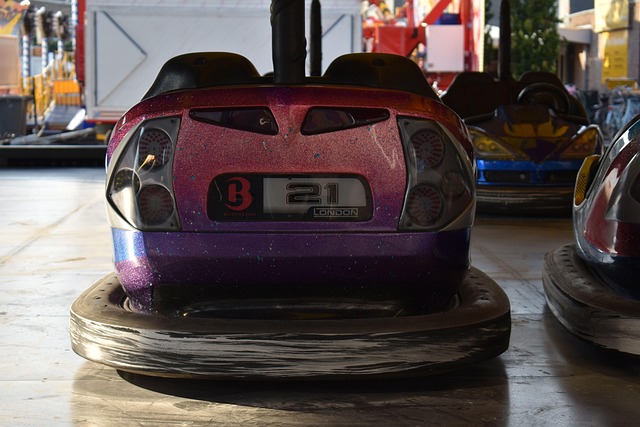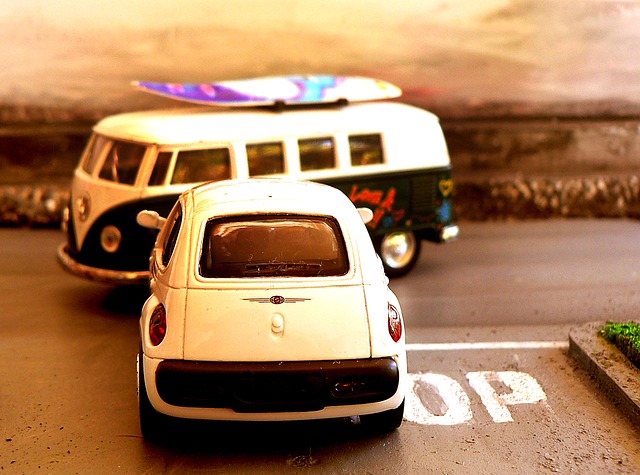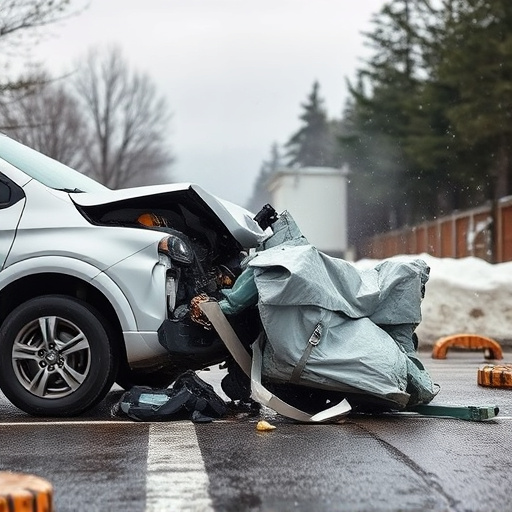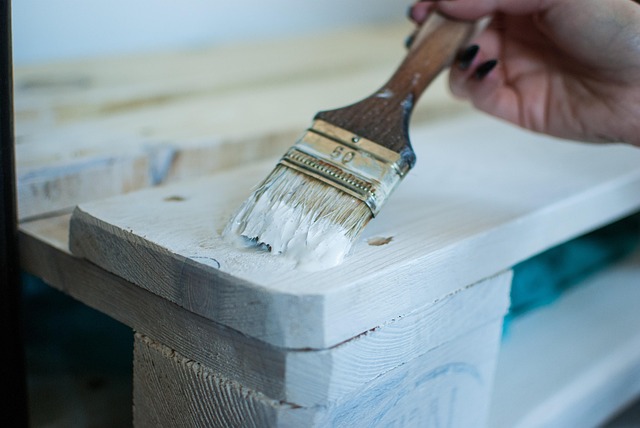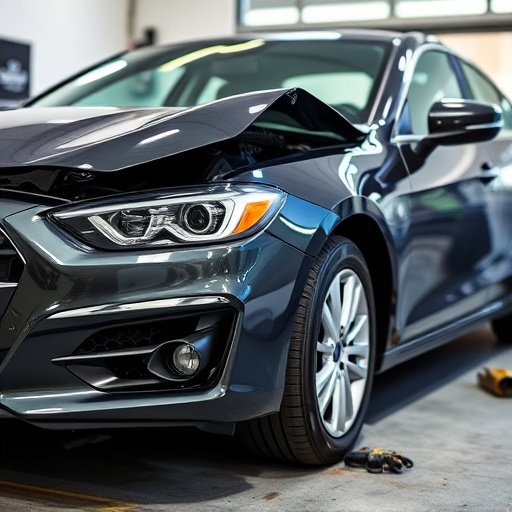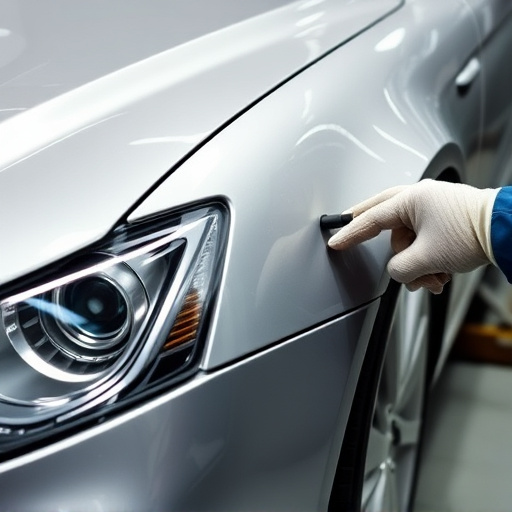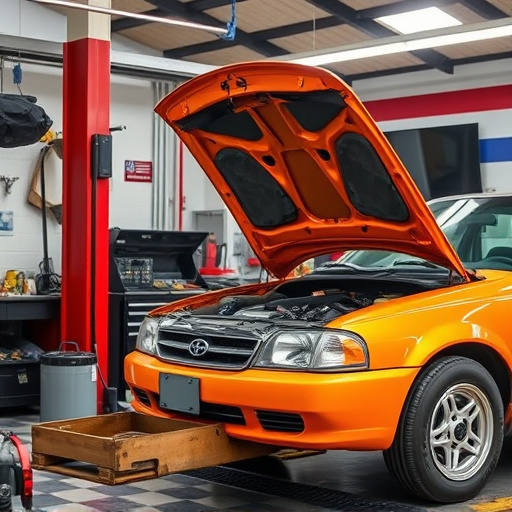The tear-down process is vital for accurate custom vehicle collision assessments and repairs. By disassembling the car, auto body shops meticulously inspect every component—from structural integrity to cosmetic details—to determine damage extent, replacement needs, and repairability. This method ensures transparent budgeting, prevents unforeseen costs, facilitates clear communication, and ultimately leads to high-quality, visually appealing, and structurally sound restoration using advanced tools and documentation practices.
“Uncover the art of custom vehicle collision assessments with our comprehensive guide. ‘Tear Down for Estimate’ offers an in-depth exploration of the process, from demounting components to meticulous preparation. Learn how this method ensures accurate repairs and restores your vehicle to its original state. We’ll break down each step, highlighting key considerations and best practices. Whether you’re a professional or enthusiast, this guide empowers you to navigate the complex world of custom collision estimates with confidence.”
- Understanding the Tear Down Process for Custom Vehicle Assessments
- Components and Considerations in Preparing a Detailed Estimate
- Best Practices for Accurate Post-Tear Down Collision Assessment
Understanding the Tear Down Process for Custom Vehicle Assessments

The tear down process is a critical step in accurately estimating the cost of custom vehicle collision assessments and subsequent repairs. It involves meticulously breaking down the vehicle into its constituent parts to assess damage, identify necessary replacements, and determine the scope of work required for restoration. This methodical disassembly allows auto body shops to provide customers with precise estimates, ensuring transparency and avoiding unforeseen costs during the car restoration process.
For custom vehicles with unique builds or intricate designs, the tear down becomes even more crucial. It enables auto body painting experts to evaluate each component, from structural integrity to cosmetic considerations, accurately planning repairs or replacements. This meticulous approach guarantees that every detail is considered, ensuring not just a visually appealing finish but also a structurally sound vehicle after the auto body shop completes its work.
Components and Considerations in Preparing a Detailed Estimate
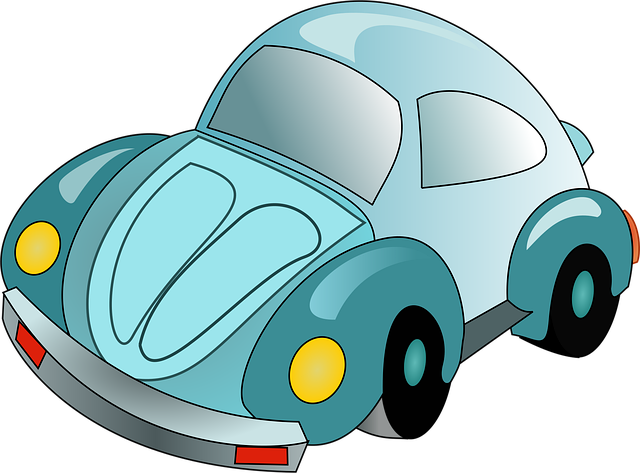
A comprehensive tear down for estimate is essential when conducting custom vehicle collision assessments. To prepare a detailed and accurate estimate, several key components and considerations must be taken into account. The process begins with a thorough inspection of the damaged areas, involving demounting and examining each component separately. This meticulous approach ensures that every element, from the chassis to the bodywork and interior, is assessed for extent of damage, replacement needs, and potential repairability.
Additionally, factors such as auto maintenance history, age of the vehicle, and availability of genuine parts play significant roles in estimating costs for automotive repair or car paint repair. Incorporating these considerations allows for a more realistic evaluation of the scope of work required, enabling precise budgeting and project planning. A well-structured tear down facilitates effective communication between the assessor, client, and eventual repair teams, streamlining the entire collision assessment process.
Best Practices for Accurate Post-Tear Down Collision Assessment
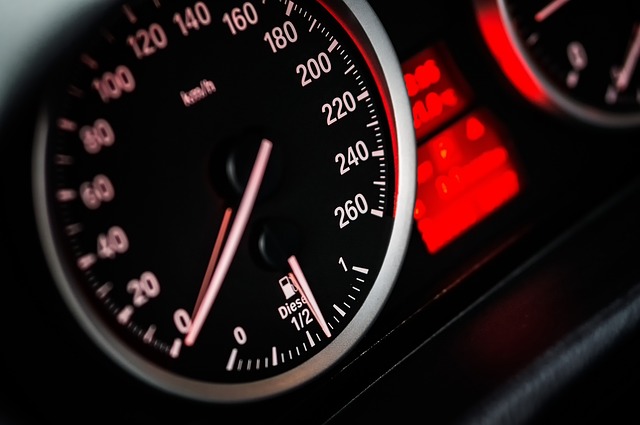
When conducting a post-tear down collision assessment for a custom vehicle, precision and meticulousness are paramount. Best practices involve thoroughly documenting every aspect of the car’s condition before disassembly. High-resolution photographs capturing both overall and close-up views of all damaged areas are essential. Additionally, taking measurements precisely records the extent of the harm. This comprehensive visual record serves as a reliable foundation for accurate estimates during the reconstruction phase, ensuring that no details are overlooked when it comes to auto body restoration and auto painting services.
Furthermore, leveraging specialized tools designed for auto body assessment can significantly enhance accuracy. These tools often incorporate advanced software capable of analyzing data from various sensors to provide precise measurements and identify hidden damage. Incorporating these practices not only facilitates more dependable estimates but also promotes high-quality outcomes in subsequent auto body services, ultimately ensuring customer satisfaction with the collision repair process.
In conclusion, mastering the art of tear down for estimate in custom vehicle collision assessments is key to delivering precise and comprehensive evaluations. By understanding the intricate process, considering vital components, and adopting best practices, professionals can ensure accurate post-tear down analyses. This methodical approach not only facilitates effective repairs but also enhances customer satisfaction, making it an indispensable practice in the automotive industry.
